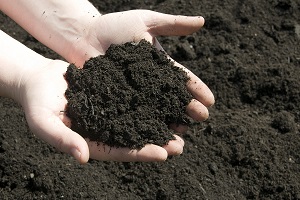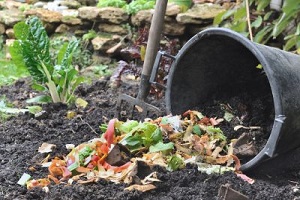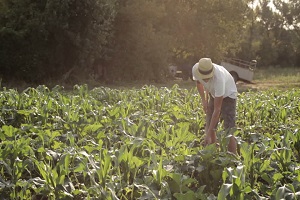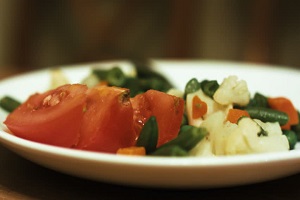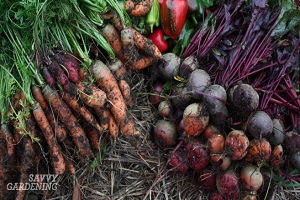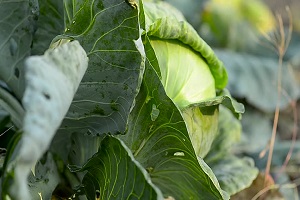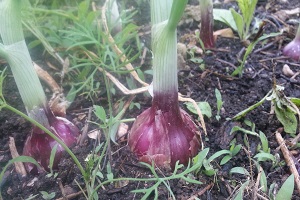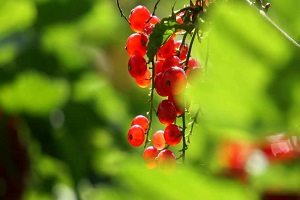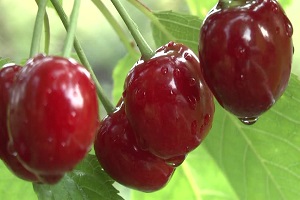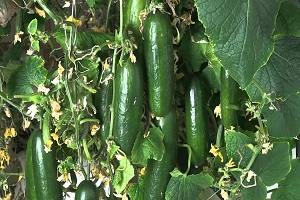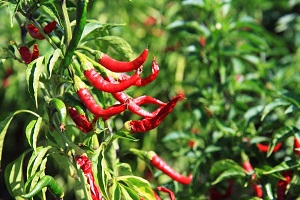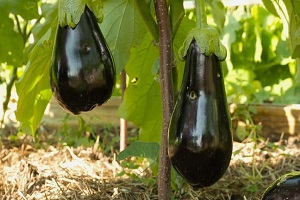Part-7 The Productive Garden.How To Be A Gardener? Uses Of Garden Hand Tools.
Part-7 The Productive Garden.How To Be A Gardener? Uses Of Garden Hand Tools.
 Indication
Indication
THE PRODUCTIVE GARDEN 1.Setting Up Your Plot 1.Making Your Own Compost 2.General Care 2.Growing Vegetables 1.Salads, Peas And Beans 2.Root Crops, Cabbage And Onion 3.Growing Fruit 1.Soft Fruit 2.Tree Fruit 4.The Kitchen Diary 5.Greenhouse Growing 1.Tomatoes And Cucumbers 2.Peppers And Aubergines 6.The Herb Garden
1.Setting Up Your Plot
When you are thinking of developing fruits and vegetables in your garden, consider the following ideas for best results:
Choosing Your Site:
• Try to find sunny spots with good drainage. A South-Side aspect is ideal.
• Avoid over-hanging through tree branches and shade by buildings or hedges.
• Ensure there is plenty of water, Avoid area adjacent hedges because it is dry.
• Provide shelter from the wind You may need to put a windbreak.
• Make sure wildlife is protected from robbing. You may need rabbit and/or deer-proof fencing.
The Layout:
Plots of fruits and vegetables need to work a lot – planting, weed, watering, binding, pruning, fertilizer etc. So make your life as easy as possible by designing a plot ecological – it has less maintenance.One nice idea is to split the plot into four parts – this enables you to turn the crop, reduce the problem of the disease.
Make sure the roads between the beds are very wide and have hard surfaces to take a wheelbarrow – the hanging slab will close your feet muddy.
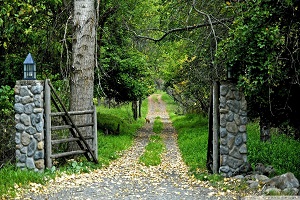
The beds are about 1.2 meters (4 feet) wide and all of them are perfect because you can do water and weeds without going to bed.Make sure the nearest water source is there. It’s worth getting some forking quid and outdoor tape. Thank you to me for those warm, sunny days when you do not need to take water from hundreds of yards.
Saving Space:
There is room for some fruits and vegetables in any garden, no matter how small it is.You do not need a dedicated fruit and vegetable plots to successfully grow them. You can mix it with your flower plants. That’s what cottage gardeners have done for centuries.
You can increase the vegetables between decorative (or vice-versa). There are many varieties which are decorative qualities, such as red flowered beans, gravel Leave lettuce, black French beans, yellow tomatoes. The frozen foliage of humble carrots is also beautiful.
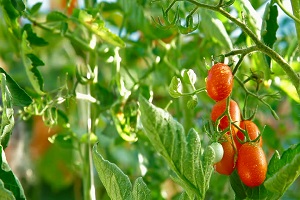
Use vertical spaces in the garden.How about making a temporary ‘hedge’ of a runner bean on the net, Or put a few willow teepees in the bed and growing beans, gourds, cucumbers or melons over them?
Then there are containers of potato boxes, prize pontoons and pelargonium will talk to them! Salad leaves, herbs, courgettes and climbing beans grow perfectly well in the container. On hot sunny boxes, add tomatoes and sweet pepper to the list.
Of course, you can always get your hands at my place by allocation – go to the more section.
Developing A Productive Garden:
Growing vegetables and fruit successfully do not grow ornamental plants. Take care of them and they will take care of you. Start with good plants or seeds, give them what they need: food, water and light – and they will work for you.
Improving The Soil:
Vegetables and fruits are greedy devils, and where do you think they are all good things they need? Yes, land is necessary to include many organic fertilizers and fertilizers every year. See Section 4, Section on Excavation in Experimental Plantation.
1. Making Your Own Compost
A great source of huge, organic content is your own garden’s sake. The best time to make some the best is in the spring because it lends quickly to make the dead easier, it does not cost anything and it’s a whole lot better in the garden. You can either buy – Many local councils run recycling schemes, so call them or make your own heap.
What You Need:
Using the self-assembly version, as shown here, you need:
• Coarse drainage materials, garden waste, fresh manure and ground.
• Carpets or palm pots.
Otherwise, you will also need:
• Four x 1.2m (4ft) high Fencing Posts.
• Wire thickening or planks.
• Galvanized hooks and eyes.
Prepare the first fertilizer area
If you build your own bin, hover to expand the four 10cm x 10cm (4in x 4in) posts into 1 sq meter (40 cm) in the soil, then arrange the area together at the back side to assemble it together.Then delete the working wires in the posts, or show the details of the bronze around it, so that you can get rid of the finished compost so that the front side can easily be distinguished.
Add The Drainage Material
10 cm in the lower part (4 inches) of intense material, such as straw or twigs.
Make The Sandwich
Place in 15cm (6in) of garden rubbish and water layer if it is dry. Put in alternate layers of different materials – such as sandwiches.
Turn Up The Heat
Compost is the heat to work properly.To do this it is necessary to have a certain complex mass.Meter cunning is good.It must be effectively layered for heating.Add a fertilizer or clay spray on top of each level.This helps in introducing the necessary bacteria and fungi (or ‘heat’) to break the organic substances.
Cover It Up
Then cover with a sheet, an old bit of carpet, polyethene or palm leaves and leave it for three months to decompose.Open, open the front, remove all the manure, then put it back again. This process adds air to the mix and lends quickly.
Three Months Later…
Leave for another three months and your manure will be brown, corrupted and fragrant; Ready to use in the garden.
These Can Go In:
• Slip paper (though not shiny magazine type paper) cotton and wool cloth.
• The fragrance, bark and tea bags of the kitchen from the kitchen.
• Annual Weeds.
• Perennial weed top.
• Old bedding plants.
• Soft Hedge Clippings.
• Dead Leaves.
• Lawn Mowings.
These Can’t:
• Woody stuff like pruning and bristles emerge stems before it needs to be sliced.
• Synthetic Fabrics.
• Food Scraps.
• Meat Or Bones.
• Diseased plant material.
• Clay ants.
• Any weeds with seedheads.
• Perennial origin.
• Dog Or Cat Waste.
2. General Care
1.Weeding
Because the vegetable garden is made a paradise for the production plant, so the last thing you want is a competition. Weeds will feed the plant’s light, water and food that you care about, so that they should go. Your patch will regularly bite and it will never be a problem. Weeds also cause problems for you to keep a good eye on your crop and help detect any pests or diseases. See Module 6 – Problem Solving for More about Weeds.
2.Watering
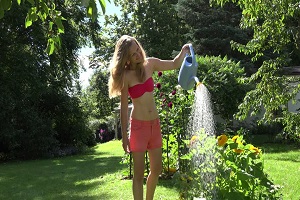
The manufacturer’s crops are especially thirsty, so be especially vigilant. Morning and evening is the best time for water. Do not give everything a good drying, a little splash See Module 5 – For more about giving water, be careful about your gardens.
3. Feeding
Food crops are extremely hungry. Vegetable crops, such as salads, such as nitrogen-based fertilizers; The fruit needs additional potash. Some plants require additional minerals, for example, tomatoes are prone to magnesium deficiency. See module 5 – learn more about food, be careful about your gardens.
4.Keeping Plants Healthy
Like your prize money, vegetables are susceptible to attack by pests and diseases. The objective of organic gardeners is to prevent problems and, when they occur, treat them without man-made chemicals. There are many good treatments, including biological controls, a good source of advice is the Henry Doubleday Research Association website.
If you use chemicals, remember what you can spray, so read the label and follow the safety information about the length of the time between sprinkling and harvesting.
5.Protecting Plants
At the beginning of the season, you can cover a new plantation or a plant growing the plant or cover one of the horticultural flushes planted on the plant. These are great for rows of vegetables, such as peas. For individual plants, you can cut the plastic beverage below the bottle and cover it with it. Remember to keep any protection during the hot days to avoid fungal problems.
If there is a rabbit and/or deer in your area, you probably will need to associate the vegetation plot with a fence.
2. Growing Vegetables
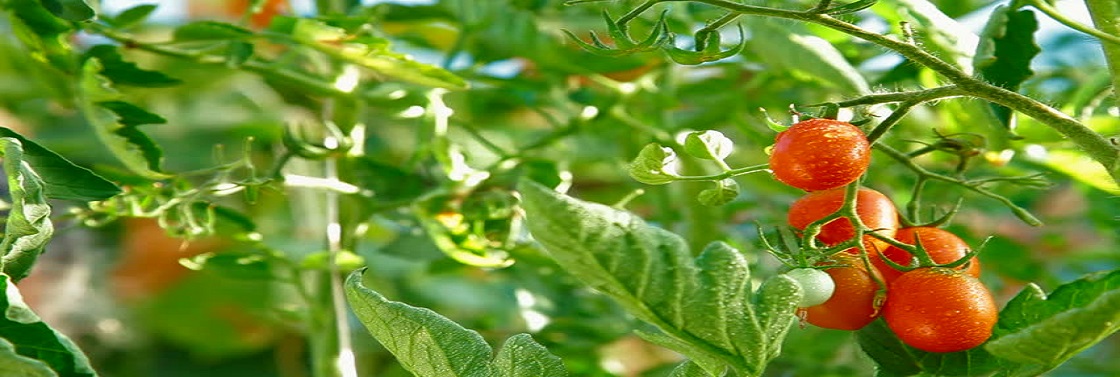
Most of the vegetables are grown on an annual basis. The seed is a complete heap of information on the packet – so read it a good one.You can grow fresh produce in all types of your garden. If salting crops are your fancy, there are juicy lettuces that can be sown from early April, or maybe sown in pulses and canes in May.
Or maybe you’re interested in such as roots, carrots, spring onions and leek?Whatever it is that makes your mouth Water, do not be afraid to go.
1. Salads, Peas And Beans
Lettuce is grown outside in early April, once the clay is coated.
Long summer to get successor salad, you need to sow the seeds at regular intervals of two to three weeks.
Sow in a row, and once the seedlings have stepped down, make them thin so that each seed has space between 20cm to 30cm (8in to 12in) – check the packet for details.
There are many different types of lettuce, so you can try the whole range and plant a half or a full line. If you are showing more than one row, then it is 45 cm Keep the distance.
Lettuce is a complete ‘fillers’, you can sneak a row between other crops, such as tomatoes, as long as they have enough light.
Sow bean seeds after mid-May. Present support with ascending beans, either the t-paisa or the bamboo net made of bamboo buns or between the poles.
A special problem can steal mice seeds, so cover rows with a thick layer of holly leaves.Once large beans have formed a good crop, find out the tips to stop black stone.5 mm to 7 cm (2 to 3 pm) Spread the rows on April in April, so plants will be able to support each other. For the succession of peas, sow the two-week intervals.
To help good pollination, grow sweet peas to attract bees.
2. Root Crops, Cabbage And Onion
1. Root Crops
Grow radish, carrots and spring onions as summer salad crops. Running rows from the beginning of April at two weeks’ time to get constant supplies. Plants 2.5 cm for small, juicy roots (1 inch) thin Do not plant seedlings because their roots will be damaged, resulting in a poor crop.
Start the macro crop in late spring to summer, 7cm (3in) to thin, and harvest late in the summer.Potatoes technically stem swelling in place of origin but are associated with basic crops for convenience.
They are grown from ‘seed potatoes’, Which must be sprouted or ‘chitted’ before planting. Keep the seed potatoes with buds or ‘eyes’ in a good light in a frost free position on the tray until it does not draw the control 2.5cm (1 inch). Plant 35-40cm (14-16in) apart in April.
2. Cabbage Family
Cabbage family members (Brassicas) for harvesting autumn and winter – Seasoned winter cabbage, Brussels sprouts, purple spraying – seeds in pots in the greenhouse or from the end of March to late spring by the end of April. In early spring, breeding cabbage in the summer, then seedlings planted outside late May.
Plants except for 75cm (30in) rows except 50cm to 60cm (19in to 24in).
Brassic is a favourite of birds so use a deterrent. The CD on the string sounds pretty effective.
Brassicas are also susceptible to a disease called a club root, so they do not plant them in the same place year after year. Adding lime to the soil to increase pH over 6 will also help in reducing the risk of disease.
They are suspected of attacking cabbage white butterfly caterpillars. Try to cover the crop with a crop mesh protection. It keeps butterflies out, so they do not lay their eggs on the plant.
3.Onion Family
You can grow the main crop of onion from seeds, but it is very easy to grow from ‘sets’ which look like small onions. At the end of this March 25cm (10in) is planted without rows.
You will find the best onions on the draining soil well. To store them, wait until the leaves die naturally. Do not turn them into the hands, then overwhelm them. If it is dry and sunny, let it dry for 10 days, if it is dry in a shade or greenhouse.
Leaks need a longer growing season, so seedlings and thin seedlings in the early spring can survive for 30 minutes (12in) apart from the soil when they are mature, so be sure to take them. The plant uses deeply from dibber so that you can get long, white stems.
3. Growing Fruit
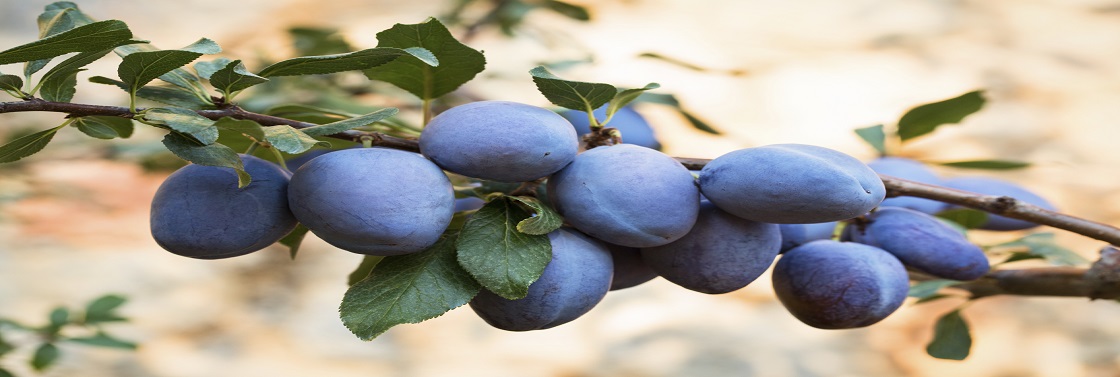
Picking your own fruit is a magical experience. Juicy strawberry, juicy plum and crisp apple gardens are surprisingly easy to grow even in the smallest. Or you can try your hand at refreshing raspberries and chew currants.
Many fruit trees are grown in the shelter, against the south-facing wall and can be trained in different shapes. You can plant them in a row in the vegetable garden area.
Why do not they make a feature in the decorative garden?
1. Soft Fruit
1. Strawberries
To get the best strawberry, every three years is put in newly purchased plants.To get the most crops next year, drop autumn strawberries in the early autumn of summer. But do not plant strawberries in the last three years.
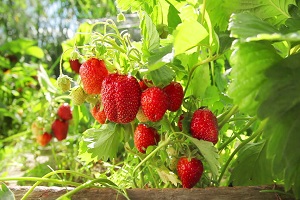
To get the most crops in the coming years drop autumn strawberries in early autumn. But in the last three years, strawberries do not grow.
Place them straw or strawberry mats below for water and protection regularly when fruits are growing.Remove runners – stems with their child’s plants – as they appear.
2.Raspberries
There are two types of raspberries: Fertility in the summer, which gives a large crop in the short term in the summer, and autumn fertility, which gives more snowflakes in the summer than the first snow.
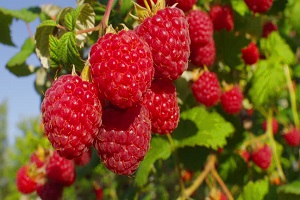
Raspberries need shelter, sunny spots and rich but well-drained clay. During the autumn or early winter plant the passive bamboo and add 15cm (6 inches), so that in the first year all the energy is going to set up a good root system and bamboo for next year. Before planting, give a support that you can build them.
In spring apply a thick mulch of well-rotted manure and tie the canes to the wires as they grow.For summer fruit species, cut the bamboo that returns to the winter’s winter surface and is tied in a newer than the new 10cm (4in). For autumn fruiting varieties, cut the bamboo back to the ground level.
3. Currants
There are black, red and white currants. They need all the fruits, wind protection in the middle summer and will bear some shade, but will protect Blackcurrants from spring frost. As long as you add lime it does not perform well on the very acid soil.
Release the new autumn tree in a rich, moisture-retaining soil at a distance of about 1.2 to 1.5 meters (4 feet to 5 feet). To promote strong growth, after planting all the branches in the lowest bud.
In spring, the green grass with nitrogen and potassium fertilizers high and well-salted organic matter is applied.
They need regular harvesting to keep fruits yield high. With mature leaves, take out approximately one-third of every year. Cut the longest wood, so that it encourages new enthusiasm, which results in a new growth of fruit next year.
2. Tree Fruit
All fruit trees are well-fed, large, organic fertilizer and annual green grass of spring dose. They all need pruning, and apples and fruits need to become thin. Fruits and cherries must be cut in the summer.
1. Apples
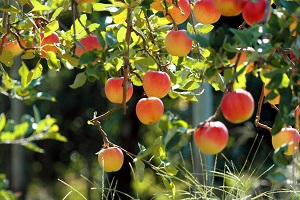
Apples like a sunny, shelter site.Sometimes the problem of pollen may be a little bit. You need to carefully select varieties when you ask when to buy.Autumn or winter and plant in a container tree at any time, as long as the soil is not stable.
Apple’s tree is grafted on numerous different levels of origin, resulting in the enthusiasm given by the rootstock, resulting in different size trees. So it’s one that will suit your garden. The varieties grown in the container on the patio are small. Sowing distance will grow in the size of the tree.
2. Plums
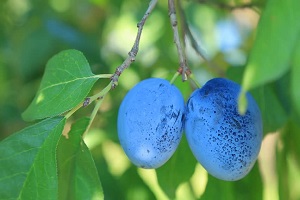
Plant in late autumn or early winter, because growth starts the first thing in the spring.Like apples, there are various rootstocks that match your space.All the plums flower in spring, so the frosts are always a bit of hazard. The cosy site is as frost-free as possible to reduce the risk to the plant and make sure it is safe from the wind to protect flowers and promote pollen germs.If frost is possible, then secure the tree with a horticultural follicle.
To fully fry the fruit in the best taste, but if it is wet, it will spoil or sink before roast.To reduce the risk of a disease known as silver leaves, heat cutting.
3. Cherries
There are sweet, acid or sour cherries. Acid or sour is best for cooking and jam.Sweet cherry needs open, sunny and shelter. You need cultivation that will pollinate each other – ask when you buy.Remember the plant in late autumn or winter and the green grass in spring. This fruit is a magnet for the birds, so the bird uses the detergent and it fills the fruit as soon as she gets it. Discover the varieties grown on rootstock dwarfing as it will produce a small tree that is easy for the net.
4. The Kitchen Diary
1. Spring
• Fork in the soil in vegetable beds.
• Plant pulses and onion sets, early vegetables and salads, if cool, cover the cloches.
• Feed soft and tree fruit.
• Plant potato tubers sprouted.
• Most sowing maincrop vegetable seeds, other than ice tender ones.
• An unheated greenhouse plant tomatoes.
• Ice-tender vegetables after the last freezing pigs.
2. Summer
• Paint the liquid shade out of the greenhouse.
• Clean Early Vegetables and Salads and Replant Beds as soon as possible.
• Feed and water regularly tomatoes, peppers, herbs, cucumbers and watermelon plants.
• Plant new Strawberry plants.
• Protect soft fruits from Birds.
• Plant winter brassicas.
• Earth up potatoes.
3. Autumn
• Clean the greenhouse before spring frost first.
• Dig & manure empty beds.
• Sow the winter salad under the glass.
• Plant soft & Tree fruit.
• Dig the potatoes and store them in paper frames in an ice-free shade.
• Pick & store Apples.
• Winter tree, seedlings, valleys.
4. Winter
• Finish the winter pruning fruit trees.
• Prune autumn-fruiting raspberries.
• Finish bedding and fertilizer.
• Order seed for next year.
• Cut and store winter crop vegetables properly.
5. Greenhouse Growing
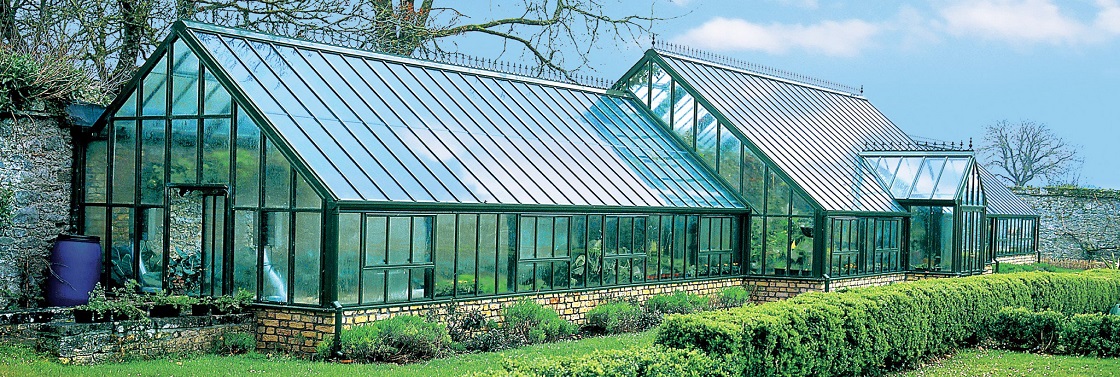
The great thing about the greenhouse is that it extends the range of plants that you can successfully grow.A greenhouse is a great place to start many lighter vegetables, which means that you will get the previous harvest.
To keep the temperature down in your greenhouse during the summer, remember to take the following steps:
• Cover the glass with a liquid shed to provide the inside shade.
• Opening the pores, doors and spreading to the air.
• Water regularly.
1. Tomatoes And Cucumbers
1. Tomatoes
You can get tomatoes in a wide range of colours and shapes.In the greenhouse, you want to develop cushioning styles that are trained directly in the plant rather than on the ground-growing bush style.The individual tomato seeds are 7.5 cm in the middle of March. (3 inches) pots and 30 cm in May (12 inches) sow in transplants in pots.When transplanting, Put in a bamboo cane and Train the plant to grow it up.

2.5 cm (1 inch) long stem and all the buds visible between the stem and after the start of five or six trusses of fruits, extract the main stem so that it is fully developed.Tomatoes bloom on the regular diet of tomato, which is high in potassium (Read more about nutrients in module 5).
2. Cucumbers
F1 hybrid varieties have become available in recent years, making the growing cucumber very easy. These varieties produce only female flowers. Fertile fruits for male flowers are bitter tasting.In the middle of March, sow the individual seeds in 7.5 cm (3in) pots, then the seeds are 30 cm in diameter. (12-inch) pot transplant.
For example, a bamboo at the corner, or a wire attached to the greenhouse roof, has to raise something for you to ride.Five or six leaves are visible and after the shoots training for support, take out the main growing shoot.Dip water well and every two weeks with high potash or organic feed.
2.Peppers And Aubergines
1. Peppers
You can develop various types of pepper in the greenhouse, which include chillies pepper and sweet pepper.The minimum temperature required to be 12 °C (54 °F) for chilli to grow properly. So while they may be grown outdoors, you’re increasingly likely to succeed, if you make them spies.
Pepper seeds should be sown in April. Seed directly up to 7.5 cm (3 in)It is easy to plant pots and to transplant 20 cm (8 in) pots.
They regularly turn the colour from green to red, yellow, orange or dark purple colour, and become salt, as water is regularly cooked with sweet pepper.Chilli pepper should be filled with chillies before harvest. Adult fruits are red.
2. Aubergines
Aubergines, which are also known as eggplants, are related to pepper and tomatoes.They need a lot of warmth, so the individual seeds are 7.5 cm in March. To control them, soak seeds in hot water for one day.
20 cm (8 in) Transplant 10 cm (4 in) high in a pot, and scrub the growing help to make a Bashir plant. Place in bamboo to support growing plants.Aubergines are usually dark purple, but some decorative varieties are white or red.
6.The Herb Garden
It is almost impossible for the development of beds or pots of those who do not look amazing. They are also very easy to grow.Like a decorative plant, there are annuals such as basil, coriander and marjoram; Perennials such as mint, fennel and special thyme; Wooden perennial like rosemary, lavender and sage; Or chips like bulbs too.
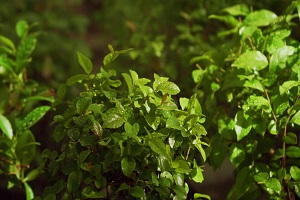
You can increase the medicinal plant in the herb garden scattered in plants or bamboo plants; Or keep some near the rear door as pot plants on the patio, they will have the great smell on the hot summer day and they will be within easy reach picking. They make the basket pretty nice to hang.
Tips For Success
• Herbs are the best in hot, sunny spot. In these situations, they will create the highest level of aromatic oils that give them odour and taste. They also prefer well-dried land and are full of pots near the kitchen door.
• Like all plants, they enjoy regular food during the growing season. Some perennial herbs, such as mint and lemon balm, are very enthusiastic for their good.
• To help keep them in control, try planting them in a large pot and drowning in the soil. The nice way to store the herbs you want to cut is to freeze them because this keeps the flavour fresh.
A gardener’s work is never finished, but you almost are on your journey to become a gardener. In our last module, I’ll show you how to keep your garden looking great all year round.
